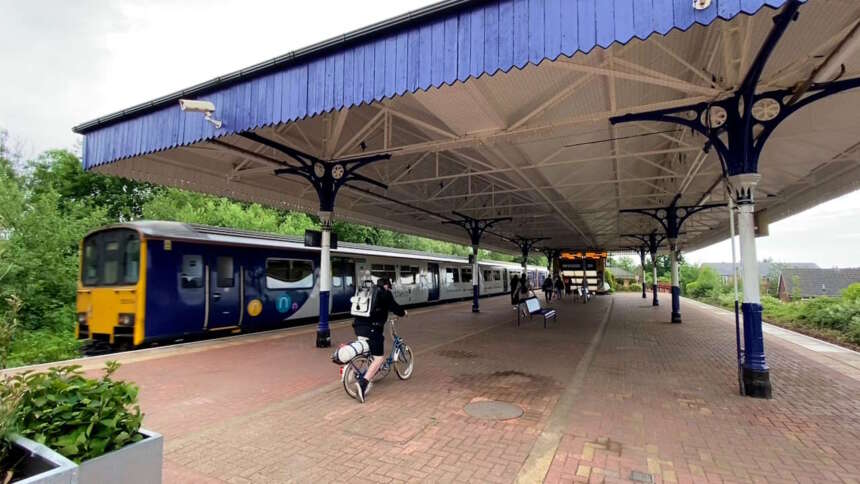While carrying out work in connection with a multi-million-pound ‘Access for All' upgrade of Walkden station in Greater Manchester, engineers discovered some historic mine shafts.
The discovery of the shafts has delayed the work to improve accessibility for passengers at the station while engineers carry out surveys to find out the extent of the shafts.
During these surveys, engineers will drill below the surface of the station to find out the ground conditions.
Until the mining issues are fully understood, work will not be able to begin on the installation of the new lift.
Once the lift has been installed, the 136-year-old station will be fully accessible for all passengers for the first time in its history.
As part of this work, the station will be closed on Sundays 3 and 10 March, with rail replacement buses running instead of trains.
Tommy Fleming, sponsor at Network Rail, said: “I'm sorry for the delay of these much-needed improvements at Walkden station. We are working hard to deliver this project, and these specialist surveys are the next step of that process.
“I advise passengers to check before they travel at nationalrail.co.uk or with their train operator on Sunday 3 and 10 March. Thank you for your patience.”

Official records for NCB in North West are held at Lancashire Record Office in Preston
The problem with the Walkden area is that, if memory serves, the collieries in the area link in with the Duke of Bridgewater’s underground levels that are associated with Worsley and the entrance in the Delph. My understanding is that the canal levels intersected with a lot of the mines in the broader area, and would be very unsurprised if this were part of the network.
As other commenters have said, a LOT of the older shafts are improperly recorded, at best! Shafts are known to open up in residential areas necessitating the evacuation, and sometimes demolition, of surrounding properties as they can’t be made safe. The Coal Authority twitter feed is interesting as they publicise the end result of these works, although not in nearly enough detail for this unrepentant nerd!
200 year old plus mine shafts are not recorded. There are old workings all over Derbyshire and Cumbria
You would not believe the number of mine shafts that don’t appear on any coal board historical maps. One opened up 200 yards from my house in Swinton about 20 years ago. Not on any map anywhere I was told.
One opened up in Swinton that was part of a railway tunnel between Clifton and Swinton that had to be shut after a collapse in the 50s that destroyed properties and led to fatalities.
There are loads of Mines around that area of Greater Manchester and the National Coal Board knew exactly where they all where as they employed a team of surveyors, I would assume that these records are still available, and would go a long way in helping to alleviate problems that Network Rail appear to have come across.
I wish that was true, however from personal experience the NCB records do not include vast amounts of early shafts. We found one some 400 metres deep concealed just 1 metre below the surface, it had a dry stone arch over it. I still have nightmares!